It looks like you're using an Ad Blocker.
Please white-list or disable AboveTopSecret.com in your ad-blocking tool.
Thank you.
Some features of ATS will be disabled while you continue to use an ad-blocker.
share:
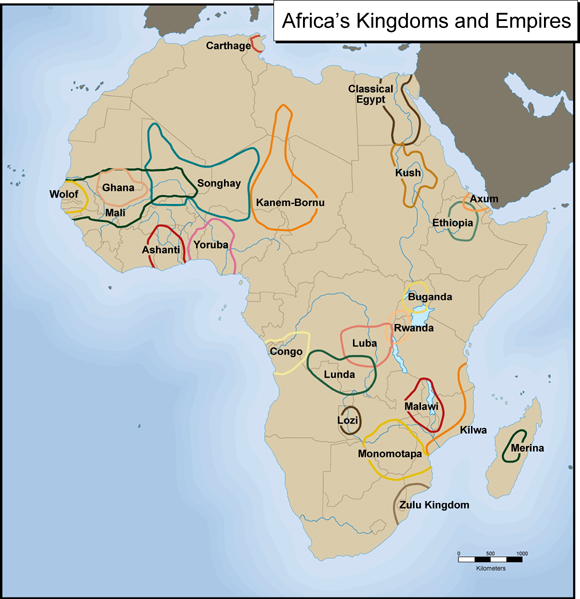
This thread we will explore some hidden and hiding in plain sight gems of unique African architecture and lost cities.
The history of ubanization in Africa is extermely old,some of Africa's ubanization process were contemporary with what was taking place in the earlest phase of Mesopotamia how many here knew of the Sonniki city of Dhar Titchitt-Walata.. 4000–2300 B.C in Western Africa an important historical site which gave rise to the later Sudanic complexes with which some of us are here might be familiar ,but as far as Dhar Titchitt is concern only the most ardent of African scholars knew of it's existance and yet it is hiding in plain sight,I will leave out Kemet only because it is very familiar to all on ATS.
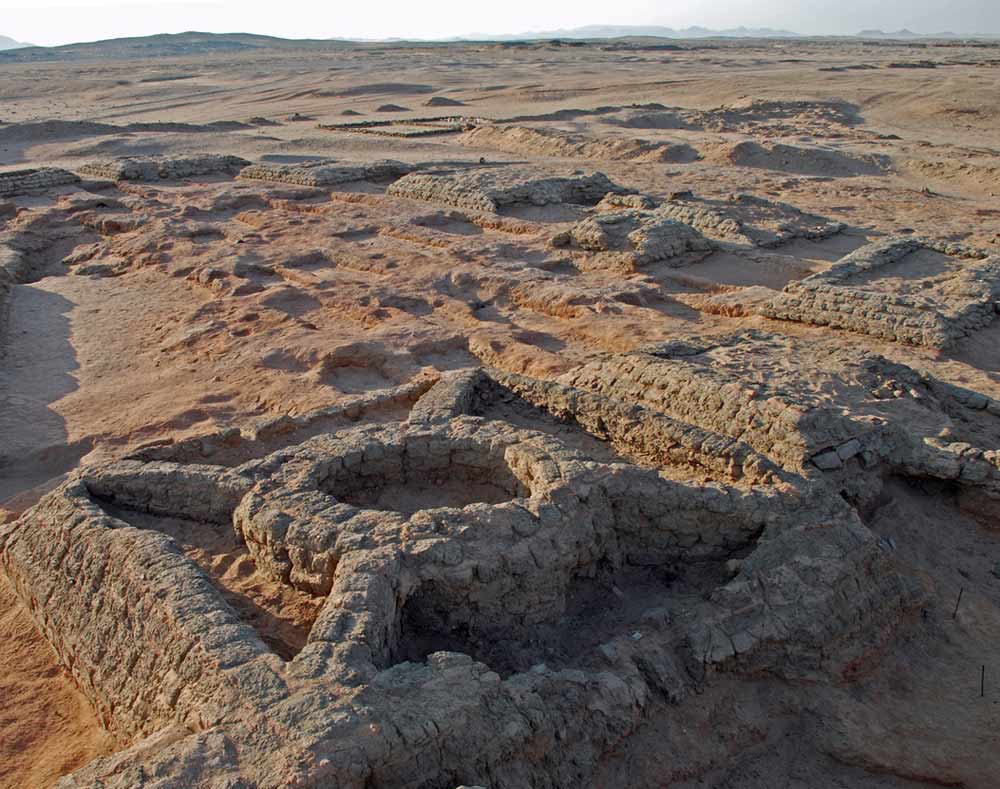
Newly made available to the public new discoveries of Ku#e Pyramids
They date back around 2,000 years to a time when a kingdom named Kush flourished in Sudan. Kush shared a border with Egypt and, later on, the Roman Empire. The desire of the kingdom's people to build pyramids was apparently influenced by Egyptian funerary architecture.
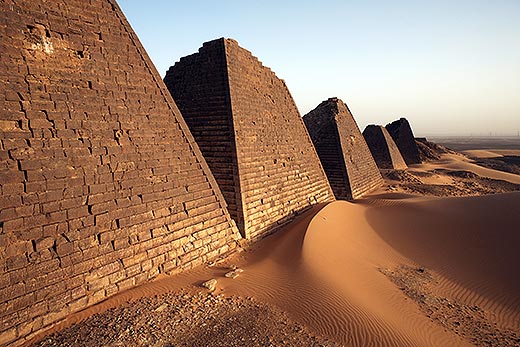
The Pyramid fields of Kush small but elegant structures
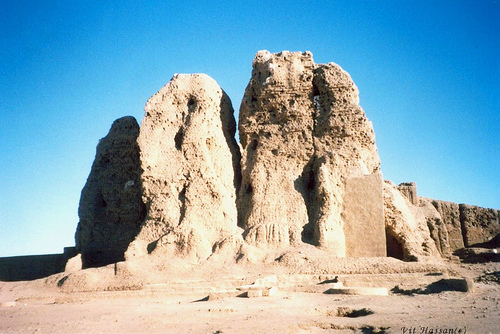
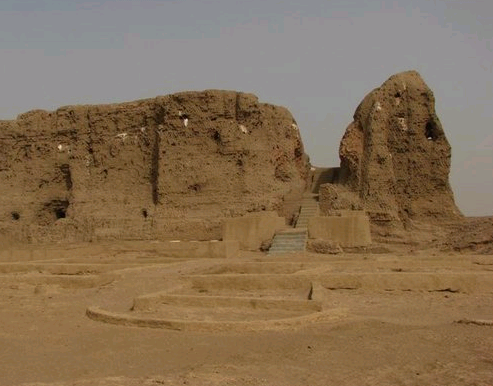
These structures that looks like a hill are actually mud brick temples buildings these are called Daffufa found throught ancient Kush.
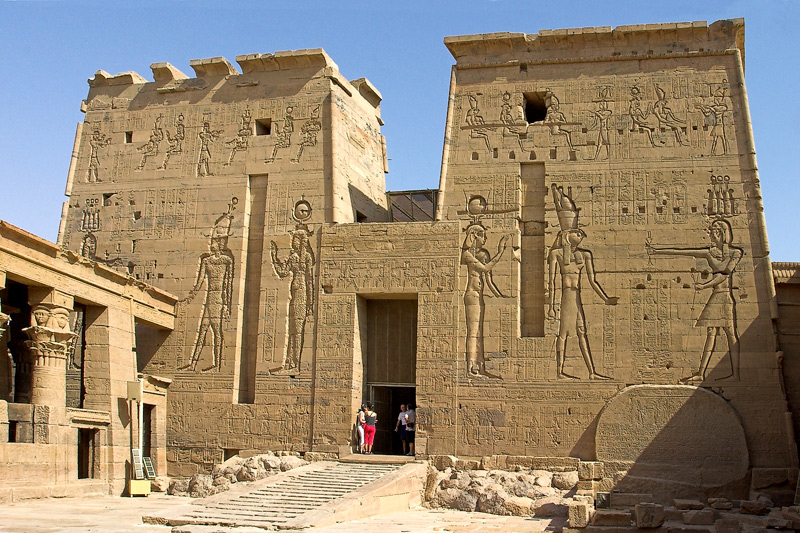
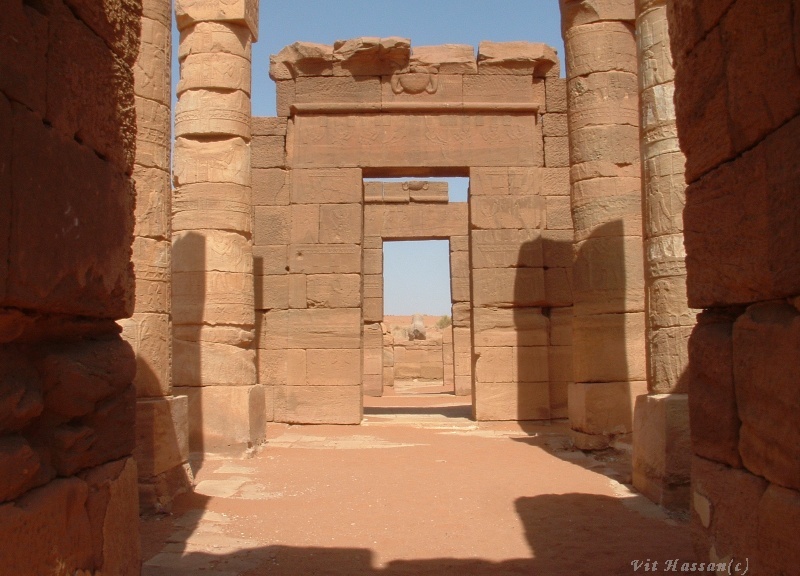
Nubian Temples lower Nubia
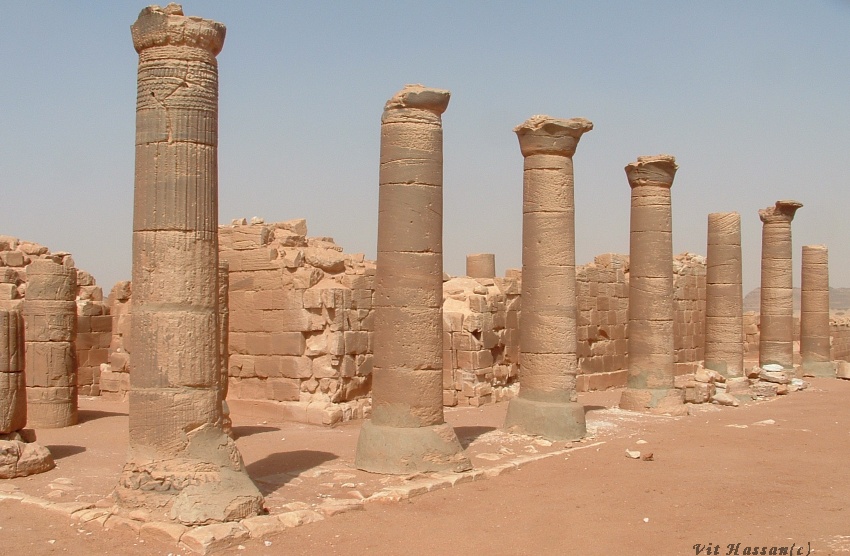
Musawaratt Kush
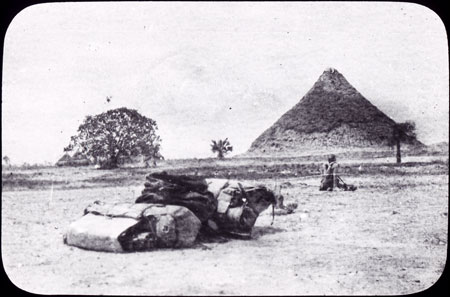
Perhaps surprising to most pyramid like structures were being built by the cattle keeping Nuer and Dinka
Although not positively identified by Seligman, this seems almost certainly to be a view of the mound built by the Nuer prophet Ngundeng (d.1906) at the end of the nineteenth century, and added to by his son Gwek (d.1928), who also became a prophet. He describes it in his list as a grave pyramid, possibly since he was informed that Ngundeng was buried within his hut at the base of the mound. At one time the mound, known as Deng Kur and associated with the Dinka-originating cult of the spirit Deng, was furnished by elephant tusks around its 300-foot circumference, standing over 50 feet high. Made from the baked earth, ashes and dung of old cattle camp floor layers, it became an important political symbol of Nuer resistence to colonial rule, and was eventually bombed by the administration in 1928. The Seligmans seem not to have visited Nuer country (the heavy bagagge in the foreground is also incongruous with their light trekking), and so this is almost certainly a copy of a print, possibly by E.S. Crispin, who visited and photographed the pyramid as part of the Sudd cutting expedition along the White Nile during 1901-1902.
southernsudan.prm.ox.ac.uk...
edit on 19-2-2013 by Spider879 because: (no reason given)
GREAT thread! Even for the first pic alone I would have given S&F!
There was a great lot of action going on in Africa before we others even got our feet on the ground and built the first huts!
It's just our inherited thinking of "Africa, the uncultured jungle/desert filled with savage natives" which is brought upon us by television (thinking of Tarzan and news about droughts/pirates/civil wars/etc.) that drives us towards thinking "those poor, underdeveloped people, we should have some celebrities drive over there and do some good like posing for the camera with a building brick in the hand, showing how those celebrities singlehandedly built up the local towns school, the only one in a radius of 1.000 kilometers across the desert lands, filled with jungle and lions and zebras and orang-utans and whatnot!".
Seriously, Africa is not like that. Africa should be far more like this: "15-Year-Old African Kid Tells Madonna To Go F*** with Herself"
There was a great lot of action going on in Africa before we others even got our feet on the ground and built the first huts!
It's just our inherited thinking of "Africa, the uncultured jungle/desert filled with savage natives" which is brought upon us by television (thinking of Tarzan and news about droughts/pirates/civil wars/etc.) that drives us towards thinking "those poor, underdeveloped people, we should have some celebrities drive over there and do some good like posing for the camera with a building brick in the hand, showing how those celebrities singlehandedly built up the local towns school, the only one in a radius of 1.000 kilometers across the desert lands, filled with jungle and lions and zebras and orang-utans and whatnot!".
Seriously, Africa is not like that. Africa should be far more like this: "15-Year-Old African Kid Tells Madonna To Go F*** with Herself"
Dakarai Molokomme, a 15-year-old starving child from a small village in Zimbabwe, has just told Madonna, one of the most famous pop stars in the world, to go and f*** herself, the local media are reporting exclusively.
“Yes, it’s true, I told Madonna to go f*** herself. Do you want to know why?” Dakarai asked. “It’s the same thing every time with these snobby rich Americans. Every once in a while they come to show us their support for the so-called eradication of poverty by adopting a child from a starving family, but they actually do more harm than good. Transracial international adoptions are part of the white savior industrial complex,” Dakarai explained.
In further discussions with journalists from the media, the kid stated that “none of the children here actually want to be taken away from their family and friends so they can be displayed as some kind of trophy in the homes of self-righteous singers or actors who want to score some points with the media and Oprah.”
“If they really want to help us, they should get Big Pharma to ship us some anti-retroviral drugs for the AIDS epidemic, or build schools and hospitals. If they don’t want to do that, then they can all go f** themselves!” the child told reporters.
The 15-year-old also stated that he would say the same thing to any one of those American or European “faux humanitarian posers”, except for Bono, whom he said he would also kick in the groin.
“Bono’s efforts to save the African savage from itself prove that the colonial imperative is alive and well,” Dakarai said as he walked with other village children collecting sticks to build a tree fort.
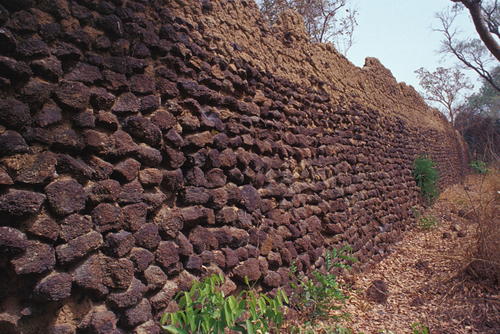
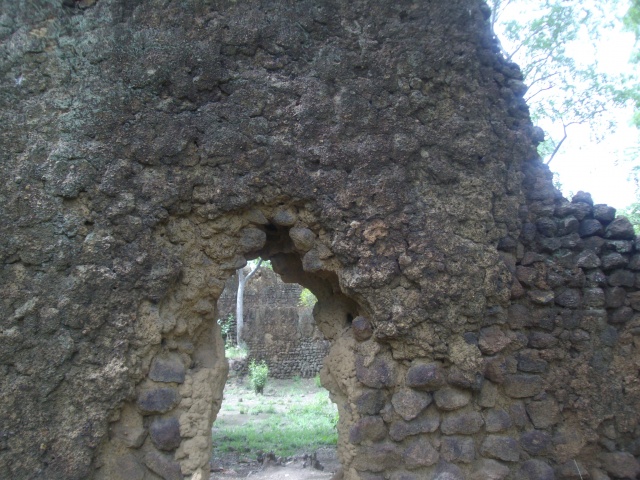
Loropéni
Reminiscent of old Zimbabwe far to the South of Africa is these ruins in Burkina Fasso the link the gold producing cities to the south of the savanna empires had contacts to the forest empires like the Ashanti and others.
The 11,130m2 property, the first to be inscribed in the country, with its imposing stone walls is the best preserved of ten fortresses in the Lobi area and is part of a larger group of 100 stone enclosures that bear testimony to the power of the trans-Saharan gold trade. Situated near the borders of Côte d’Ivoire, Ghana and Togo, the ruins have recently been shown to be at least 1,000 years old. The settlement was occupied by the Lohron or Koulango peoples, who controlled the extraction and transformation of gold in the region when it reached its apogee from the 14th to the 17th century. Much mystery surrounds this site large parts of which have yet to be excavated. The settlement seems to have been abandoned during some periods during its long history. The property which was finally deserted in the early 19th century is expected to yield much more information.
Brief Synthesis
The dramatic and memorable Ruins of Loropéni consist of imposing, tall, laterite stone perimeter walls, up to six metres in height, surrounding a large abandoned settlement. As the best preserved of ten similar fortresses in the Lobi area, part of a larger group of around a hundred stone-built enclosures, they are part of a network of settlements that flourished at the same time as the trans-Saharan gold trade and appear to reflect the power and influence of that trade and its links with the Atlantic coast.
Recent excavations have provided radio-carbon dates suggesting the walled enclosure at Loropéni dates back at least to the 11th century AD and flourished between the 14th and 17th centuries, thus establishing it as an important part of a network of settlements.
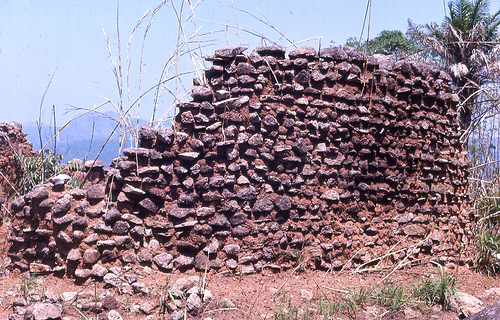
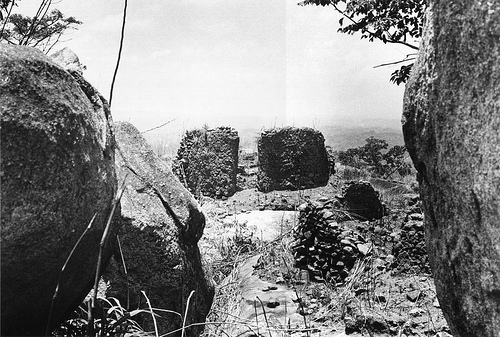
Yegala ruins Sierra Leon
African archaeology is still in it's infancy case in point in Sierra Leon we have the Yegala ruins Sierra Leon but nothing is known about them despite the site being abandoned at the turn of the last century.
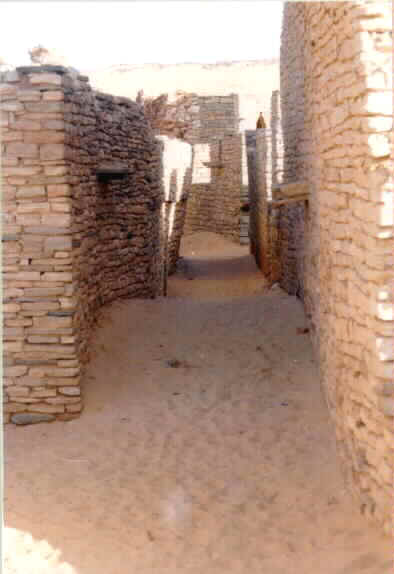
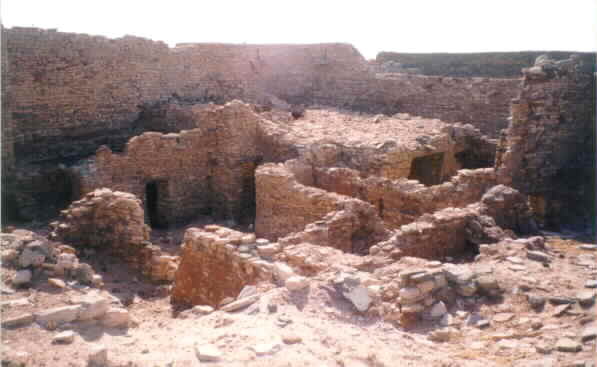
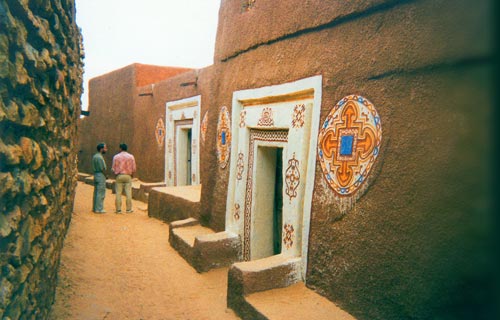
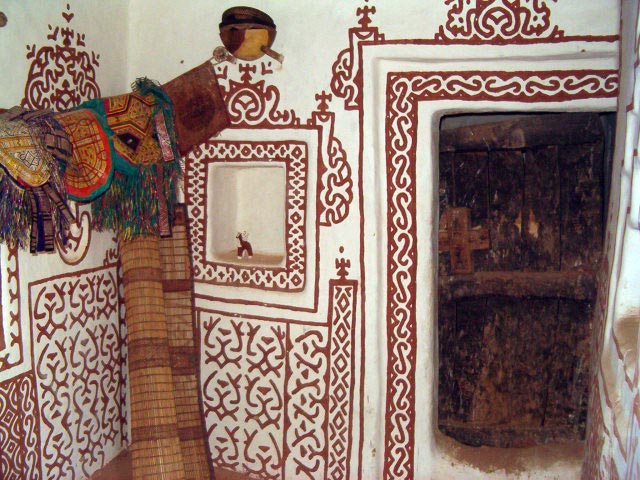
I bet the Sahara also is yet to reveal most of it's secrets,as well as the forest zones but urbanization in West Africa were contemporary with the 1st dyn kings of Kemet,the above Dhar tichtitt.
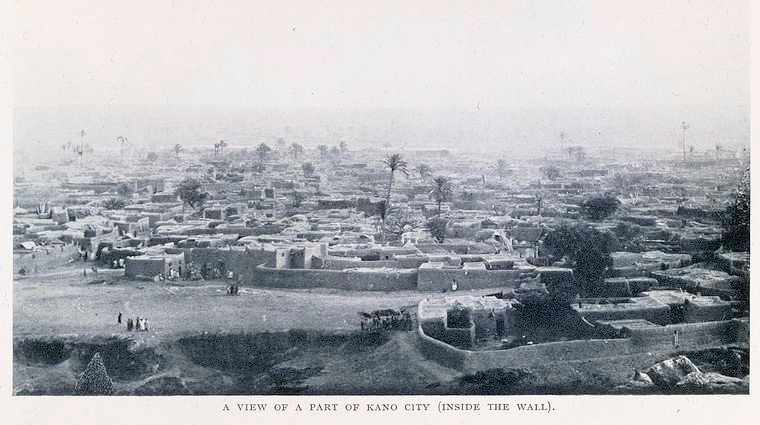
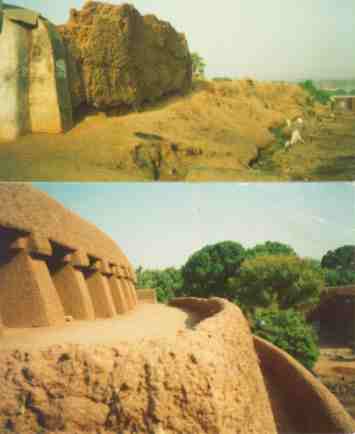
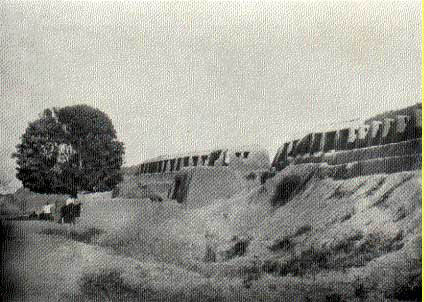
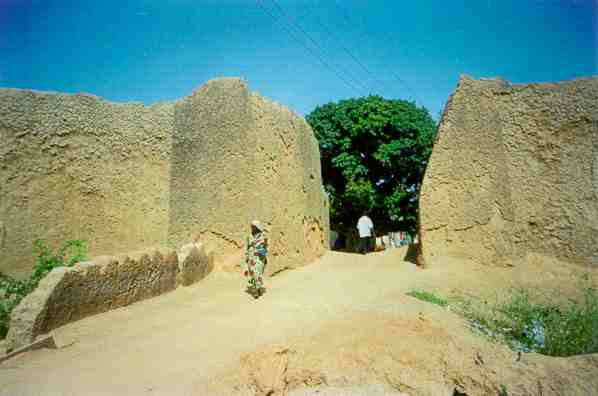
Ancient Kano
Africans build in stone when materials is available they use Adobe styles when confronted by the desert
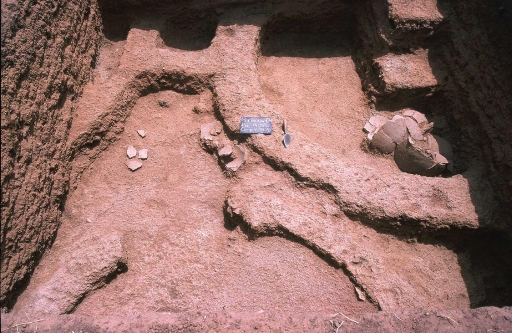
Kirikongo is a successful village founded in the early first millennium AD and most likely abandoned ~ AD 1400. With the establishment of an occupational chronology it will be possible to model the development or foundation point of various mounds within the group over time. In order to analyze social dynamics, it is necessary to establish contemporaneity between component parts.
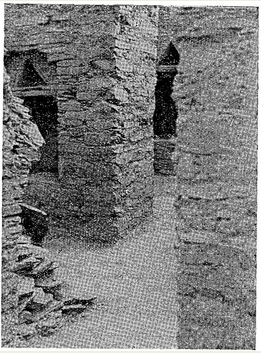
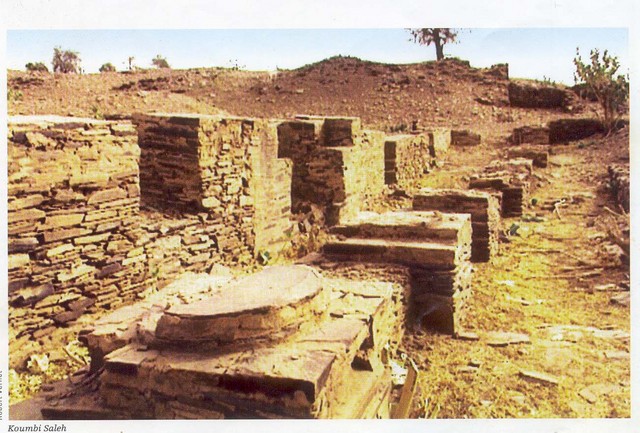
Kumbi Saleh:
The Koumbi Saleh tumulus has a circumference of 2.4 kilometers and occupies 44 hectares of land. It was formerly surrounded by a wall, most of which is no longer traceable on the ground, but vestiges of its monumental gate are still visible. Remnants of other encircling walls suggest either different stages of fortification development or a city fortified by a double- or triple-wall defense system. Within the walls, the city was densely built up on higher and lower elevations. Archaeologists have identified three principal thoroughfares as well as numerous narrow, straight streets and a large square, which probably served as a market, and many small squares. These public spaces demarcated the sixty blocks of single- and multi-story stone houses on the city’s higher elevation. Rows of shops connected to the houses’ street fronts opened onto the streets. In this section of the city (measuring 700 by 700 meters) were located
the royal palace and the residences of officials and rich merchants. Surrounding the elevated quarters is the city’s lower section (measuring 500 by 700 meters).
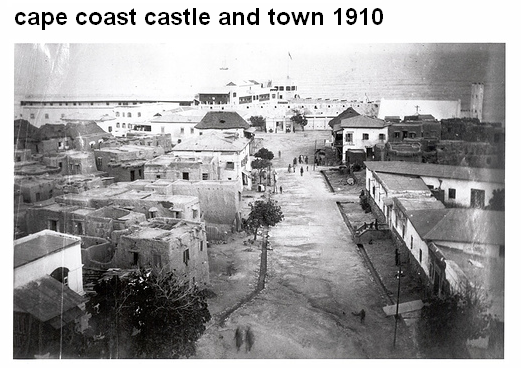

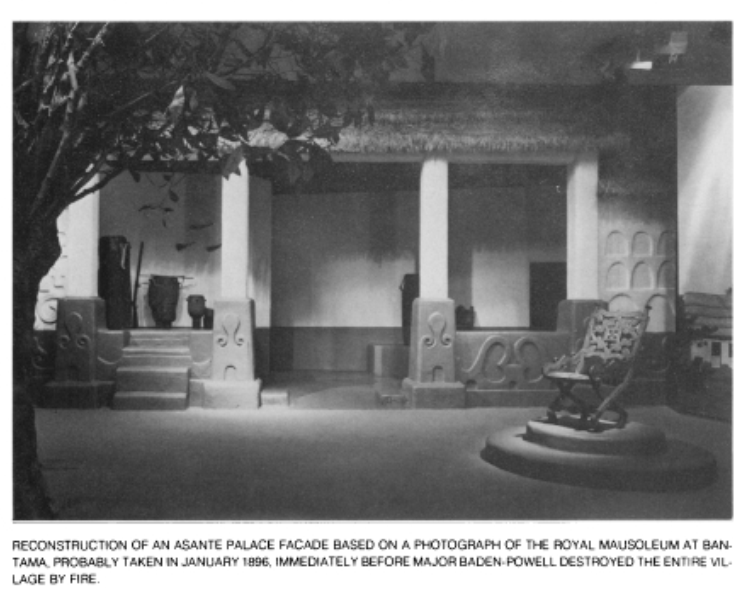
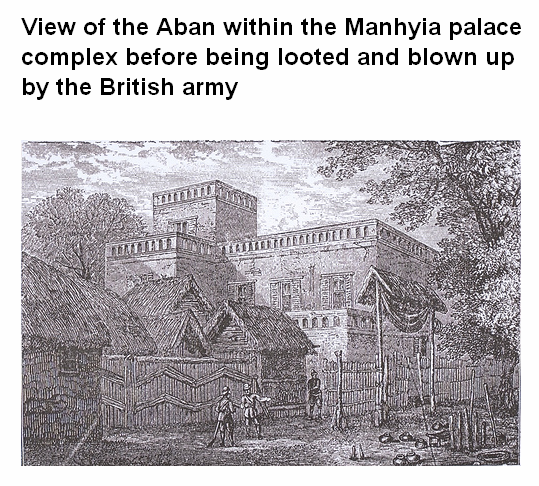
Ashanti Town of Kumasi and yes forest dwelling west Africans built towns like this before western contacts with grid iron streets.
Its amazing to think what happened to some of these cultures. When you consider the amount of organised labor needed to build these, an excess time
and resources, its almost as if many place in africa have regressed since the time of the African kingdoms.
I guess the west has been raping Africa for some time, so this may have something to do with it. Perhaps it is climate change? I think its almost common knowledge on these forums that the Sahara used to be green...
I wonder if there was some calamity and Africa returned to tribalism ? I just find it odd that there are tribal people still, when there seems to be a general trend towards urbanization. One would think that at some point in the past few thousand years most of the small tribes would have been integrated into cities and lost their identities.. but it seems the opposite happened.
I guess the west has been raping Africa for some time, so this may have something to do with it. Perhaps it is climate change? I think its almost common knowledge on these forums that the Sahara used to be green...
I wonder if there was some calamity and Africa returned to tribalism ? I just find it odd that there are tribal people still, when there seems to be a general trend towards urbanization. One would think that at some point in the past few thousand years most of the small tribes would have been integrated into cities and lost their identities.. but it seems the opposite happened.
Originally posted by bigdohbeatdown
Its amazing to think what happened to some of these cultures. When you consider the amount of organised labor needed to build these, an excess time and resources, its almost as if many place in africa have regressed since the time of the African kingdoms.
I guess the west has been raping Africa for some time, so this may have something to do with it. Perhaps it is climate change? I think its almost common knowledge on these forums that the Sahara used to be green...
I wonder if there was some calamity and Africa returned to tribalism ? I just find it odd that there are tribal people still, when there seems to be a general trend towards urbanization. One would think that at some point in the past few thousand years most of the small tribes would have been integrated into cities and lost their identities.. but it seems the opposite happened.
Well the West certainly had it's share and nature did some damages too but culpability have to fall on the African elites who wasted resources and time empire building and selling their surplus POWs as slaves.
edit on 20-2-2013 by Spider879 because: (no reason given)
reply to post by ManFromEurope
Hahhaha that is is hilarious did he really said that??
But yeah I don't think Africans are extraordinary just ordinary it only seem extra ordinary because such information is just now being brought to light African history is really the missing part of world history,I have more to come will make a post on African art and one on African scripts.
Hahhaha that is is hilarious did he really said that??
But yeah I don't think Africans are extraordinary just ordinary it only seem extra ordinary because such information is just now being brought to light African history is really the missing part of world history,I have more to come will make a post on African art and one on African scripts.
Text Yellowthis is a great thread. i watched a short series on this very topic on netflix, it only had like four or five
episodes though. thanks for the thread.....
GREAT THREAD, Pre Colonial and Ancient Africa (besides Egypt) needs much more spotlight than its been given through the years..
Excellent thread. S&F. The British Empire did destroy a lot of them too in addition to other Dynastires/Kingdoms.
The popular belief we brought "culture" to the ignorants, is elied time and again .
The Asanti i find particularly distressing....their architechture stirkes a chord in me for some reason......
I have been given to understand that up to 250,000 yrs worth of history lies undiscovered on the African continent....
It seems more plausible as we go onward....that the race of man is a hybrid creation of two strains of beings...
created in Africa to dig the gold .......for whom remains to be seen, but we remain eby the yellow stuff....and have amassed great stores of it since the beings left us......
The Asanti i find particularly distressing....their architechture stirkes a chord in me for some reason......
I have been given to understand that up to 250,000 yrs worth of history lies undiscovered on the African continent....
It seems more plausible as we go onward....that the race of man is a hybrid creation of two strains of beings...
created in Africa to dig the gold .......for whom remains to be seen, but we remain eby the yellow stuff....and have amassed great stores of it since the beings left us......
Originally posted by stirling
I have been given to understand that up to 250,000 yrs worth of history lies undiscovered on the African continent....
Actually, humans in Africa have been documented back as far as 4 million years (Australopithecus) and it's in Africa where the oldest homo sapiens skeletons are found ("Omo" from Ethiopia.) Finding archaic human remains and sites is something that will get any researcher a lot of news coverage (which translates into "people will give you money for more dig teams and more research), so they're quite eager to find them and show them off to the world.
More on the Ashanti dwellings
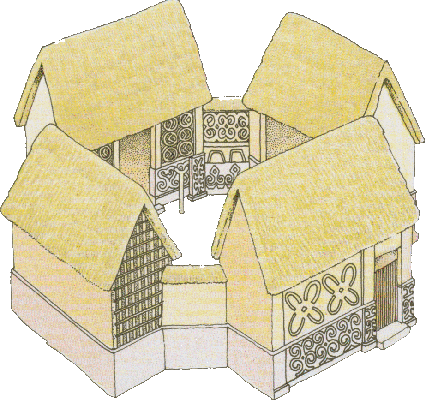
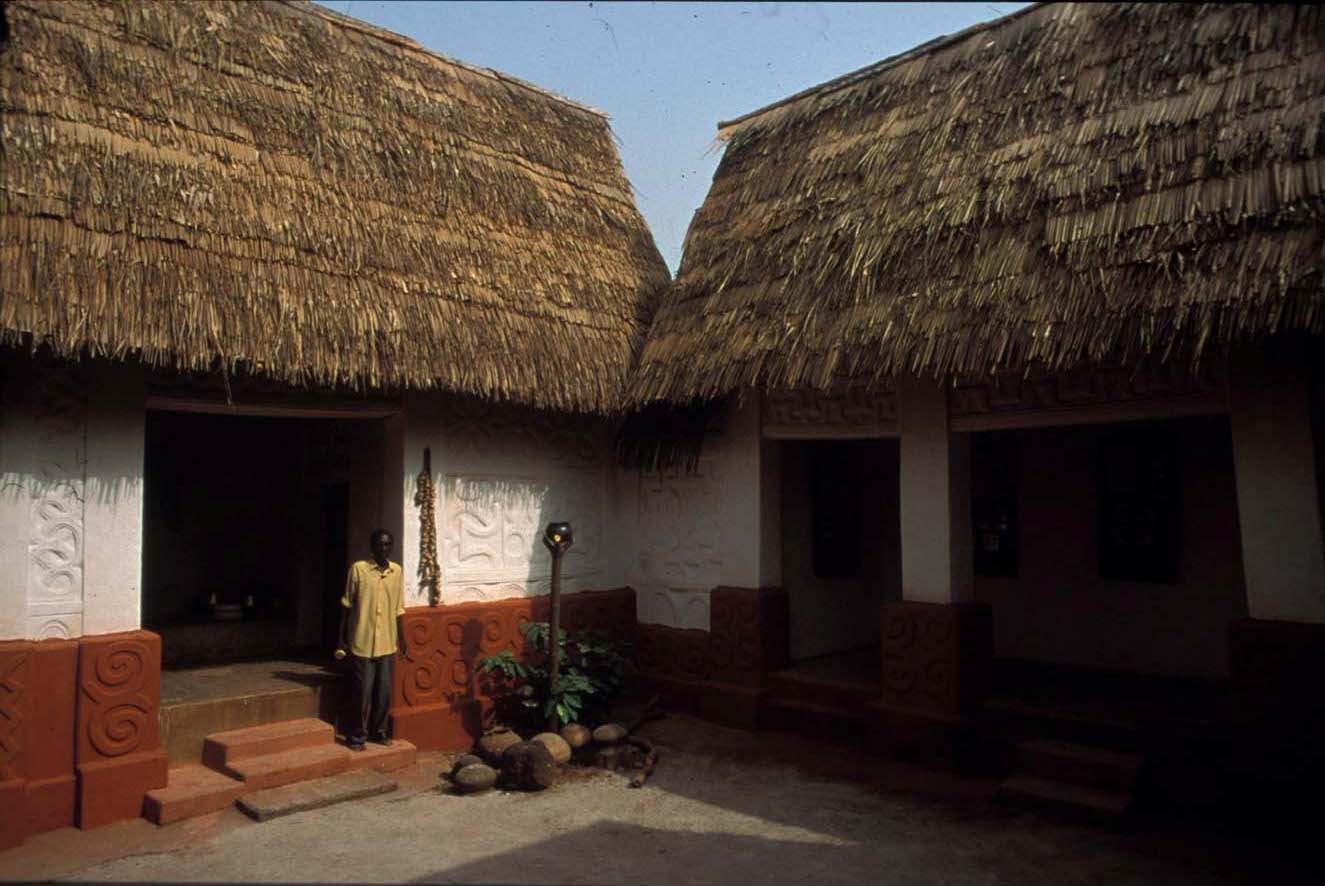
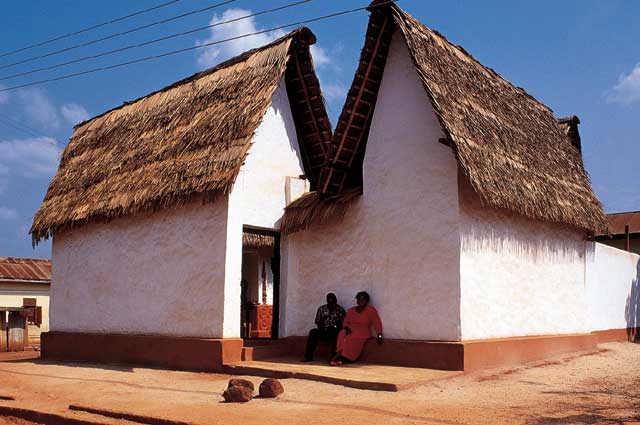
The Ashanti (or Asante) Empire (or Confederacy), also Asanteman (1701–1957), was a West Africa sovereign state of the Ashanti people of Ashanti, Ghana. The Ashantis (or Asantefo) are of Akan origin, the Ashantis a powerful, militaristic and highly disciplined people of West Africa inhabiting an area known as 'Akanland'. Their military power, which came from effective strategy and an early adoption of European Firearms, created an empire that stretched from central Ghana to present day Benin and Ivory Coast, bordered by the Dagomba kingdom to the north and Dahomey to the east. Due to the empire's military prowess, sophisticated hierarchy, social stratification and culture, the Ashanti empire had one of the largest historiographies of any indigenous Sub-Saharan African political entity.
Today the Ashanti monarchy continues as a constitutionally protected, sub-nation state and traditional state in Ghana.
en.wikipedia.org...
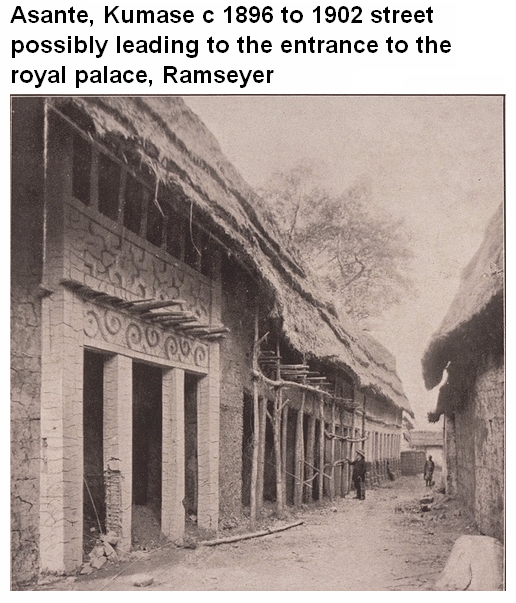
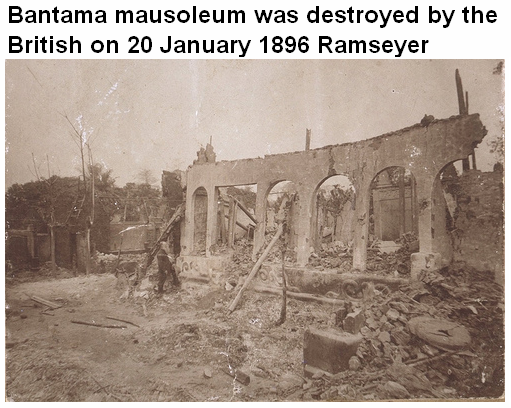
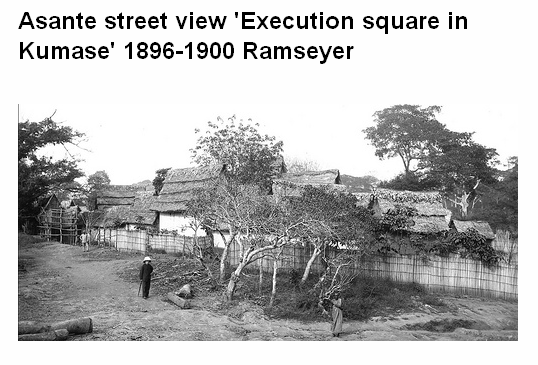



The Ashanti (or Asante) Empire (or Confederacy), also Asanteman (1701–1957), was a West Africa sovereign state of the Ashanti people of Ashanti, Ghana. The Ashantis (or Asantefo) are of Akan origin, the Ashantis a powerful, militaristic and highly disciplined people of West Africa inhabiting an area known as 'Akanland'. Their military power, which came from effective strategy and an early adoption of European Firearms, created an empire that stretched from central Ghana to present day Benin and Ivory Coast, bordered by the Dagomba kingdom to the north and Dahomey to the east. Due to the empire's military prowess, sophisticated hierarchy, social stratification and culture, the Ashanti empire had one of the largest historiographies of any indigenous Sub-Saharan African political entity.
Today the Ashanti monarchy continues as a constitutionally protected, sub-nation state and traditional state in Ghana.
en.wikipedia.org...



reply to post by ManFromEurope
That news article you posted just restored my faith in humanity and made my day. I agree with every word that he said, and I am an American, not a proud one either.
That news article you posted just restored my faith in humanity and made my day. I agree with every word that he said, and I am an American, not a proud one either.
The Kingdom of Kongo (1400– 1914)
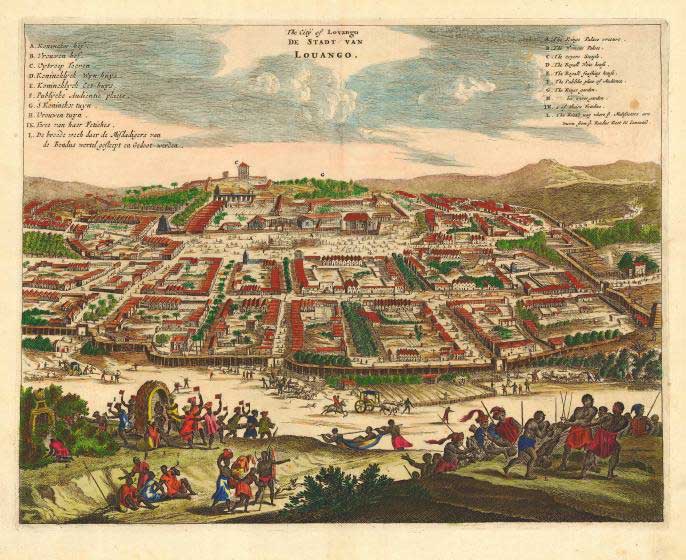
The first of these, the Kongo kingdom, was founded by invaders from the north east who settled south of the Congo River in the late 1300s and grew to encompass the north of modern Angola and the western areas of the DRC (Library of Congress 1993)
Foundation of the Kingdom
The first king of the Kingdom of Kongo Dya Ntotila was Lukeni lua Nimi (circa 1280-1320).The name Nimi a Lukeni appeared in later oral traditions and some modern historians, notably Jean Cuvelier, popularized it. Lukeni lua Nimi or Nimi a Lukeni, became the founder of Kongo when he conquered the kingdom of the Mwene Kabunga (or Mwene Mpangala), which lay upon a mountain to his south. He transferred his rule to this mountain, the Mongo dia Kongo or "mountain of Kongo", and made Mbanza Kongo, the town there, his capital. Two centuries later the Mwene Kabunga's descendants still symbolically challenged the conquest in an annual celebration. The rulers that followed Lukeni all claimed some form of relation to his kanda or lineage and were known as the Kilukeni. The Kilukeni kanda or "house" as recorded in Portuguese documents would rule Kongo ununopposed until 1567.
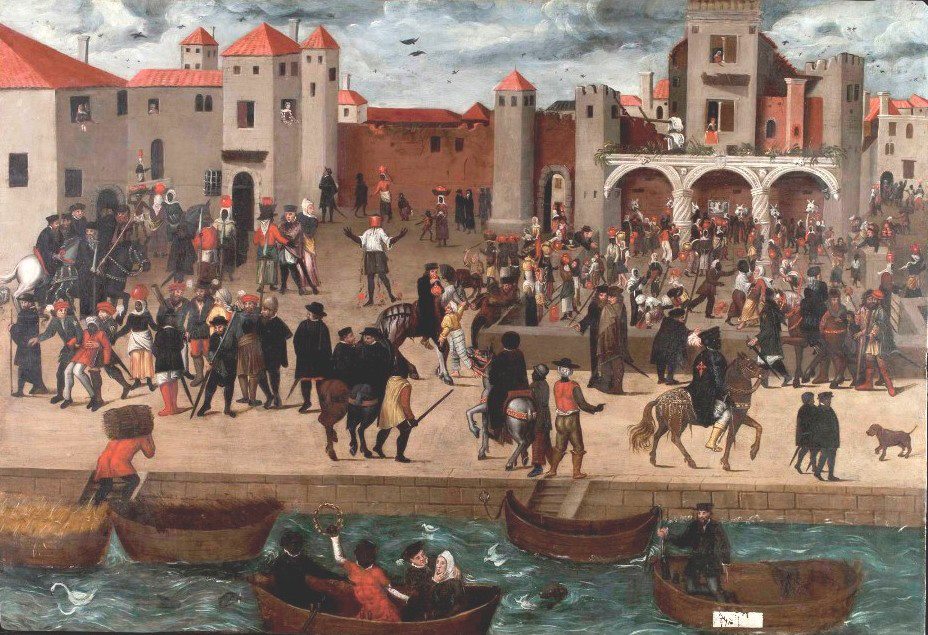
Lisbon
Renaissance Lisbon was home to the highest percentage of blacks in Europe at the time, ranging in status from slaves to knights.
This reality is reflected in an unusual painting made by an unknown artist, probably from the Netherlands, of the Lisbon waterfront in the late 16th century, where blacks and whites from a variety of social strata co-exist in a public square.
The Blacks pictured on horse back of military baring are Kongolese upper classes who joined the Knighthood some of the others may well have been slaves and middle class trader types, the slaves were not neccessarily Kongolese mind you, if this is from 1570-80..keeping in mind that very strong ties were made with the Kingdom of the Kongo and Portugal during that era.
This was a very important central African medievil state it sent embassies to the vatican and Portugal it became Christian one of it's elite became a Bishop and it's upper class male members became military knights in Portugal,they were also corrupt as they made war for the sole purpose of selling slaves although their King banned the slave trade the elites continued to do so indefiance which caused a vicious response from the neighbouring Angolans,their cities broke-up their people returned to tribe and even clan base although it was a slow rot that took centuries and ended with 19th and 20th century crimes against humanity first under king Leopald of Belgium followed by civil wars the rise and fall Ma-Butu Seseseko One the five richest individuals in the world when he died and his nation one of the five poorest,and the mess continues today.
A Kongo Village.
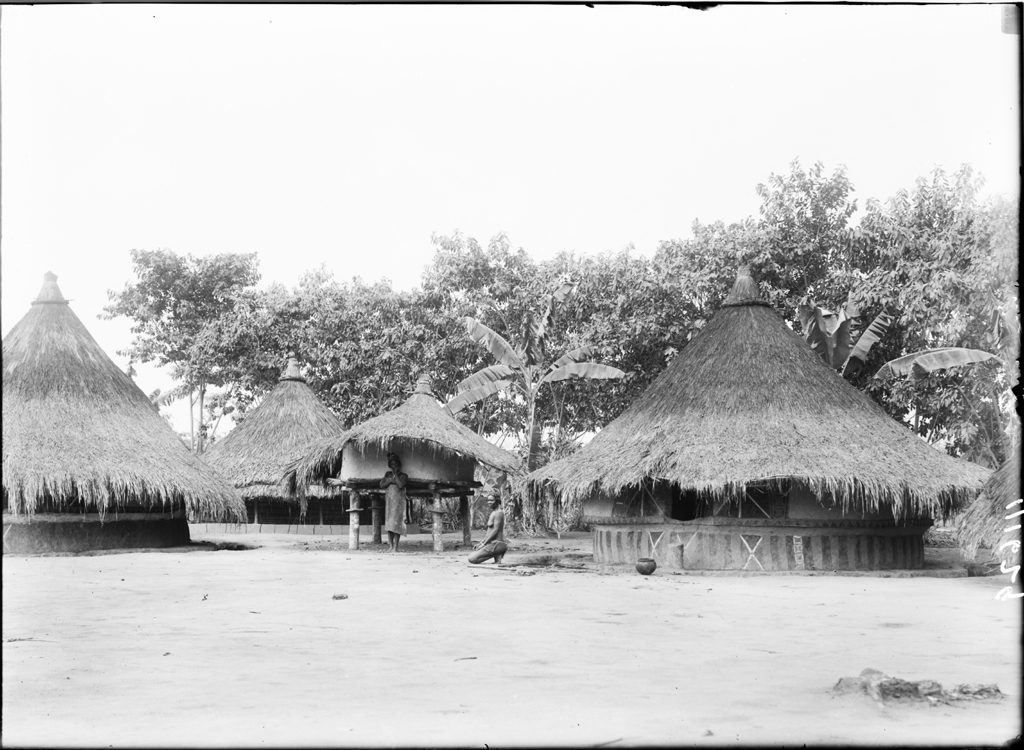
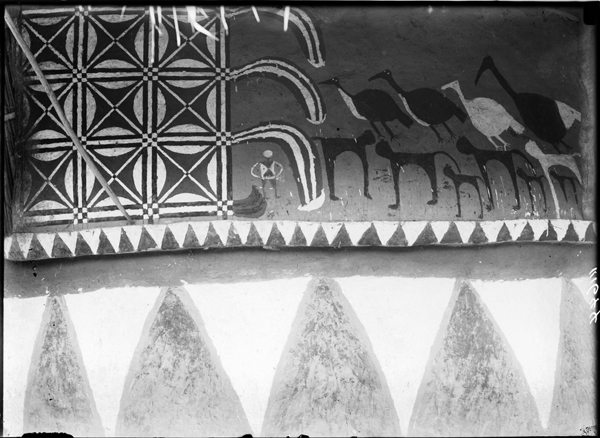
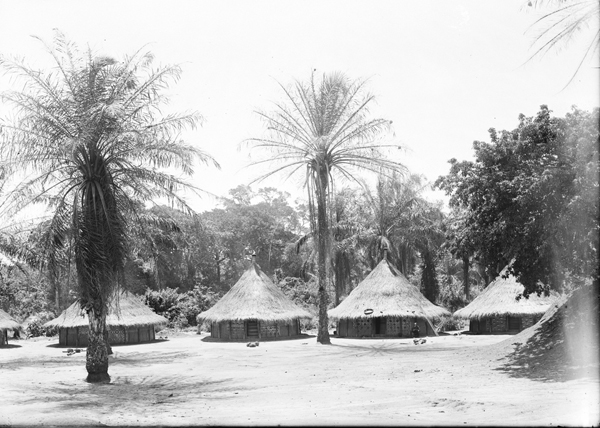
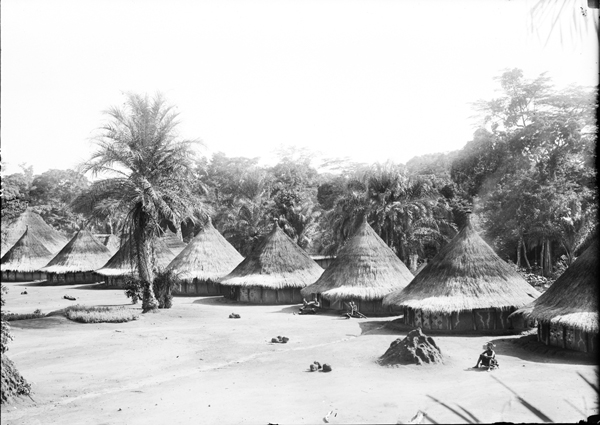

The first of these, the Kongo kingdom, was founded by invaders from the north east who settled south of the Congo River in the late 1300s and grew to encompass the north of modern Angola and the western areas of the DRC (Library of Congress 1993)
Foundation of the Kingdom
The first king of the Kingdom of Kongo Dya Ntotila was Lukeni lua Nimi (circa 1280-1320).The name Nimi a Lukeni appeared in later oral traditions and some modern historians, notably Jean Cuvelier, popularized it. Lukeni lua Nimi or Nimi a Lukeni, became the founder of Kongo when he conquered the kingdom of the Mwene Kabunga (or Mwene Mpangala), which lay upon a mountain to his south. He transferred his rule to this mountain, the Mongo dia Kongo or "mountain of Kongo", and made Mbanza Kongo, the town there, his capital. Two centuries later the Mwene Kabunga's descendants still symbolically challenged the conquest in an annual celebration. The rulers that followed Lukeni all claimed some form of relation to his kanda or lineage and were known as the Kilukeni. The Kilukeni kanda or "house" as recorded in Portuguese documents would rule Kongo ununopposed until 1567.

Lisbon
Renaissance Lisbon was home to the highest percentage of blacks in Europe at the time, ranging in status from slaves to knights.
This reality is reflected in an unusual painting made by an unknown artist, probably from the Netherlands, of the Lisbon waterfront in the late 16th century, where blacks and whites from a variety of social strata co-exist in a public square.
The Blacks pictured on horse back of military baring are Kongolese upper classes who joined the Knighthood some of the others may well have been slaves and middle class trader types, the slaves were not neccessarily Kongolese mind you, if this is from 1570-80..keeping in mind that very strong ties were made with the Kingdom of the Kongo and Portugal during that era.
This was a very important central African medievil state it sent embassies to the vatican and Portugal it became Christian one of it's elite became a Bishop and it's upper class male members became military knights in Portugal,they were also corrupt as they made war for the sole purpose of selling slaves although their King banned the slave trade the elites continued to do so indefiance which caused a vicious response from the neighbouring Angolans,their cities broke-up their people returned to tribe and even clan base although it was a slow rot that took centuries and ended with 19th and 20th century crimes against humanity first under king Leopald of Belgium followed by civil wars the rise and fall Ma-Butu Seseseko One the five richest individuals in the world when he died and his nation one of the five poorest,and the mess continues today.
A Kongo Village.




edit on 20-2-2013 by Spider879 because: (no reason given)
reply to post by Spider879
How is this pre colonial? A lot of this stuff was built by colonizing muslims and arab nations.
How is this pre colonial? A lot of this stuff was built by colonizing muslims and arab nations.
Originally posted by Gorman91
reply to post by Spider879
How is this pre colonial? A lot of this stuff was built by colonizing muslims and arab nations.
Actually non of the above have anything to do with Arabs or Muslim and I will post picts of Islamic era Africa some have islamic influences and others did not like the Sudanic complex it has it's own unique style,however the Sawhili did take heavily from Arabs,Persian and Indian mixed in with local innovation so it wasen't a mere copy and all this was before colonization but contact through trade did take place.
Originally posted by Spider879
The Kingdom of Kongo (1400– 1914)
The first of these, the Kongo kingdom, was founded by invaders from the north east who settled south of the Congo River in the late 1300s and grew to encompass the north of modern Angola and the western areas of the DRC (Library of Congress 1993)
Just sayin, "founded by invaders"
reply to post by kimish
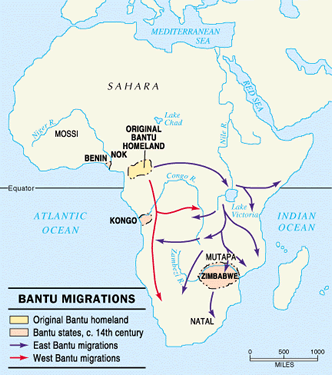
Yes as part of the great Bantu migration coming from Camaroon almost half of Africa south of the desert are Bantu including the coastal towns all the way to the tip of southern Africa,this was one of the great migrations in history,before then most of Africa was sparsly populated,as they moved into new environments they adopted themselves to it,some crops and animals they had bought with them had to be abondoned and new ones made use of.their main advantage they had was iron technology over stone users they encountered.

Yes as part of the great Bantu migration coming from Camaroon almost half of Africa south of the desert are Bantu including the coastal towns all the way to the tip of southern Africa,this was one of the great migrations in history,before then most of Africa was sparsly populated,as they moved into new environments they adopted themselves to it,some crops and animals they had bought with them had to be abondoned and new ones made use of.their main advantage they had was iron technology over stone users they encountered.
reply to post by Spider879
Nice post my friend can I tell you a secret. The Egyptian gods were here 100k years ago. Much older than we are taught. Most of the knowledge passed down from lemuria
Nice post my friend can I tell you a secret. The Egyptian gods were here 100k years ago. Much older than we are taught. Most of the knowledge passed down from lemuria
Originally posted by frenzy4444
reply to post by Spider879
Nice post my friend can I tell you a secret. The Egyptian gods were here 100k years ago. Much older than we are taught. Most of the knowledge passed down from lemuria
Yes the gods are not really new they just change names or morph into something else.
new topics
-
Nvm
General Chit Chat: 2 hours ago -
OK this is sad but very strange stuff
Paranormal Studies: 7 hours ago -
Islam And A Book Of Lies
Religion, Faith, And Theology: 8 hours ago -
Sorry to disappoint you but...
US Political Madness: 11 hours ago
top topics
-
Sorry to disappoint you but...
US Political Madness: 11 hours ago, 13 flags -
Watch as a 12 million years old Crab Emerges from a Rock
Ancient & Lost Civilizations: 15 hours ago, 10 flags -
OK this is sad but very strange stuff
Paranormal Studies: 7 hours ago, 6 flags -
Islam And A Book Of Lies
Religion, Faith, And Theology: 8 hours ago, 5 flags -
Nvm
General Chit Chat: 2 hours ago, 1 flags
active topics
-
OK this is sad but very strange stuff
Paranormal Studies • 3 • : covent -
Should we look for the truth, or just let it go?
US Political Madness • 125 • : Cracka -
Remember when Iraq invaded Kuwait
History • 29 • : Cracka -
Islam And A Book Of Lies
Religion, Faith, And Theology • 4 • : glend -
This is why ALL illegals who live in the US must go
Social Issues and Civil Unrest • 36 • : Cracka -
Musk calls on King Charles III to dissolve Parliament over Oldham sex grooming gangs
Mainstream News • 181 • : Oldcarpy2 -
Volcano Watch 2025
Fragile Earth • 7 • : Cracka -
Meta Llama local AI system is scary good
Science & Technology • 40 • : glend -
The Acronym Game .. Pt.4
General Chit Chat • 1035 • : bally001 -
Joe Biden gives the USA's Highest Civilian Honor Award to Hillary Clinton and George Soros.
US Political Madness • 49 • : ADVISOR
